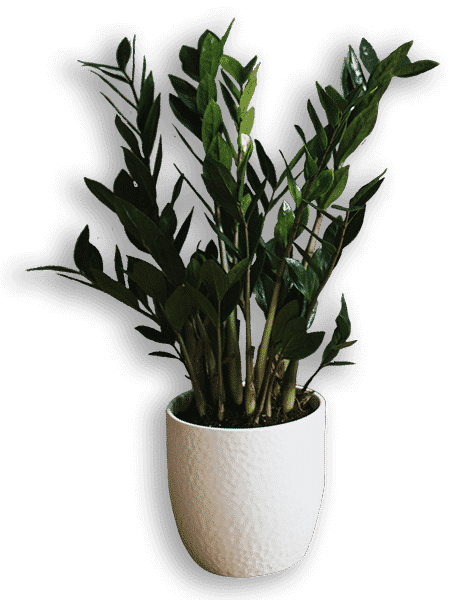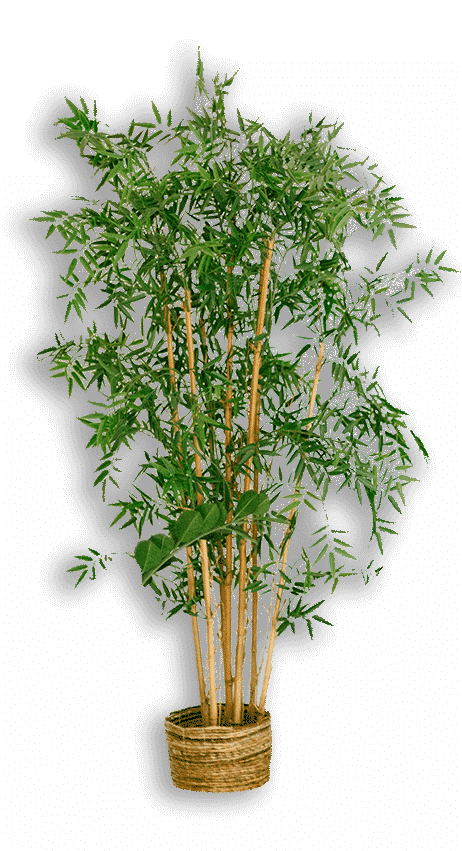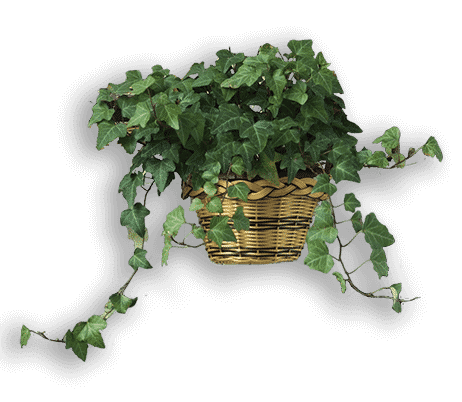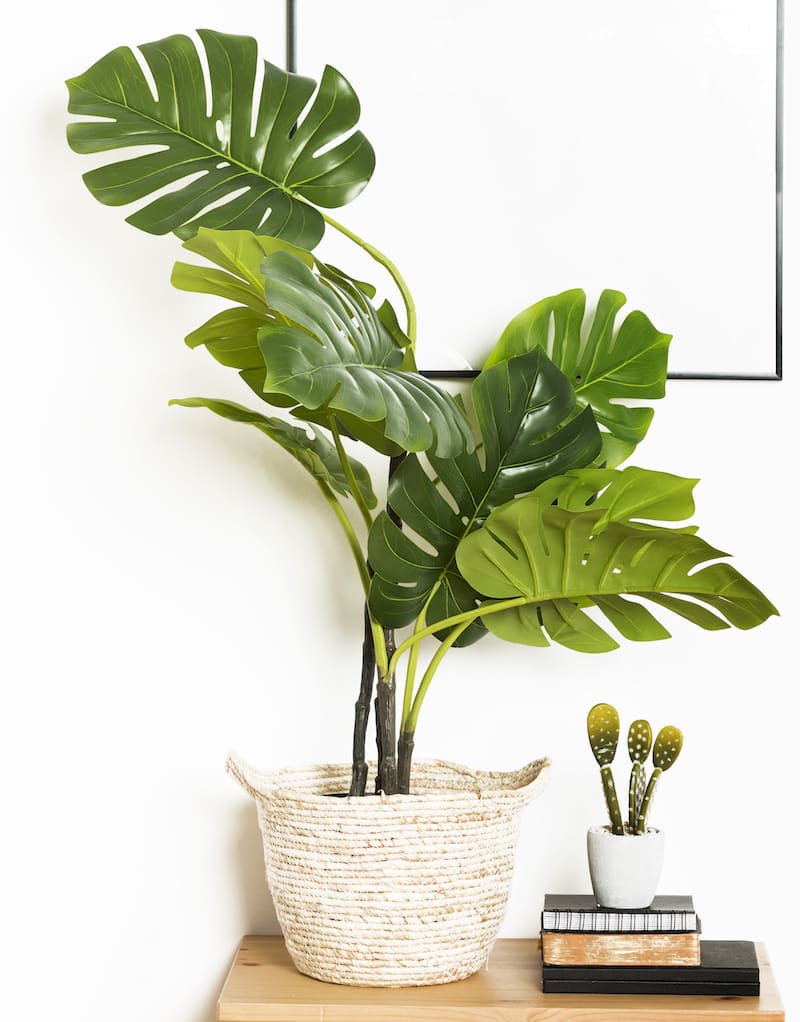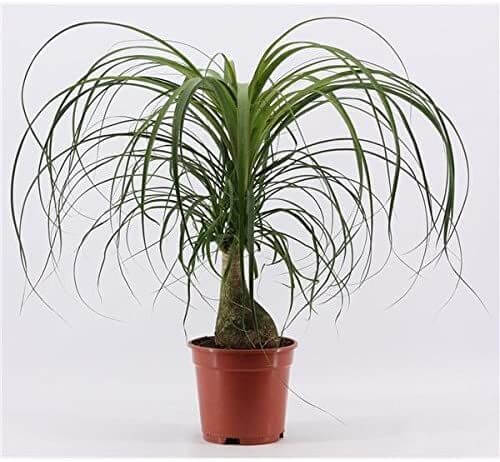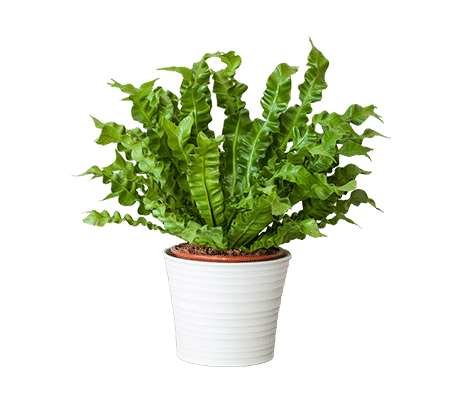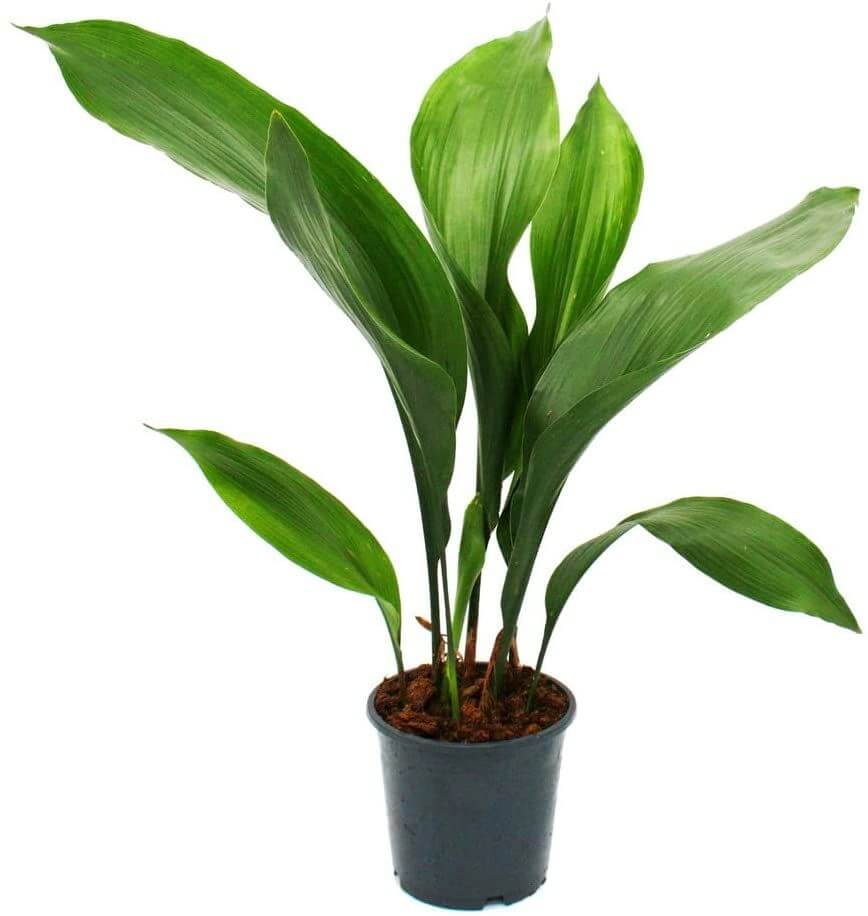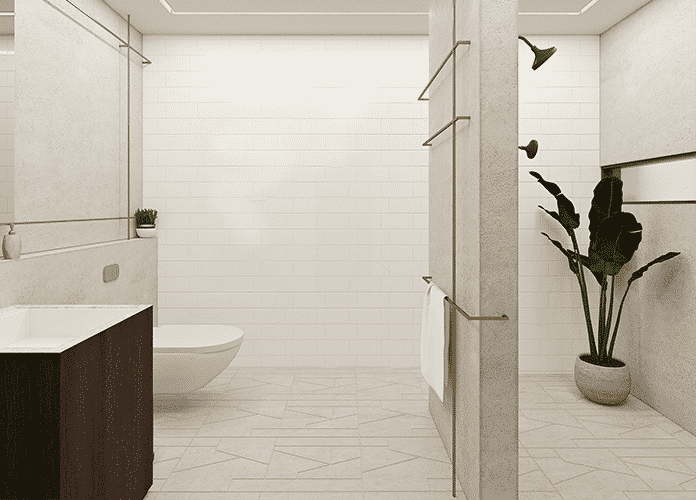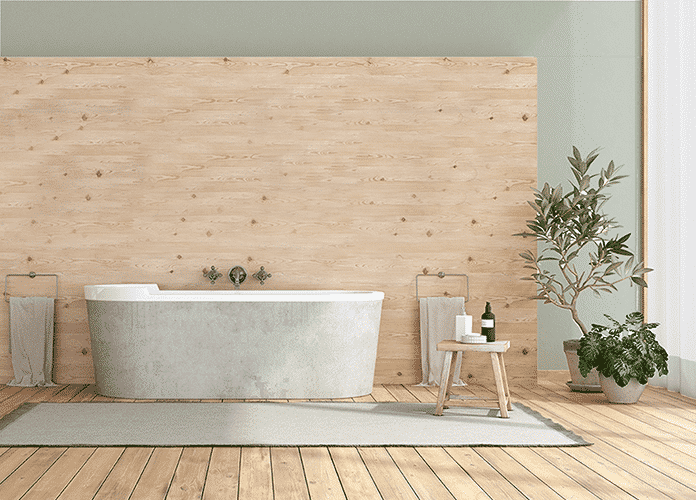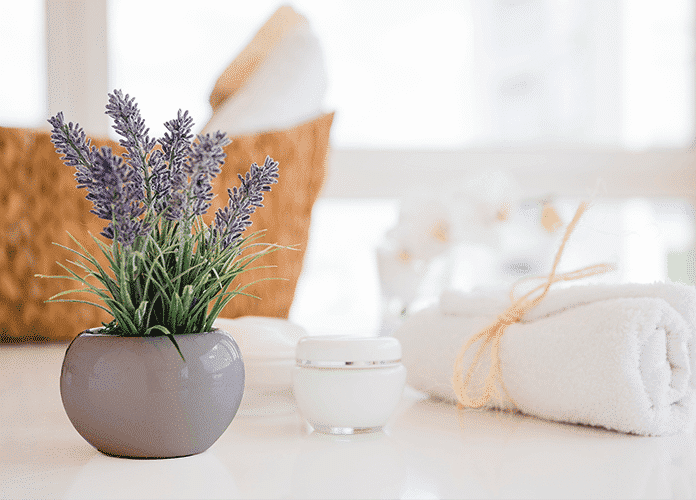These are the Special Conditions Your New Houseplant Needs to Meet in the Bathroom:
The Special Light Conditions in the Bathroom
Consider where you want to place your new houseplant and note the factors of this location for selecting your plant. The light conditions in the bathroom cannot be generalized. Different plants are suitable for bright bathrooms compared to darker ones. It is clear that every plant needs light for growth, and the choice of houseplant should take this factor into account.
Plants in Bathrooms without Windows / Natural Light
If the bathroom has no windows or other natural light sources, it is not suitable as a location for houseplants. The only way plants can thrive here is with artificial lighting, which involves initial and ongoing costs. Consider if another location might be more suitable.
Plants in Bathrooms with Little Light
Some plants are satisfied with little natural light from a small bathroom window. Ensure that the plants are close enough to the window to utilize the incoming sunlight. Choose plants accordingly. Here you will find a list of houseplants suitable for a bathroom with little natural light.
These Plants are Suitable for a Dark Bathroom
Plants in Bathrooms with Plenty of Light
If the bathroom is flooded with light, different plants are suitable. With large windows facing east or south, allowing lots of sunlight in, plants needing a lot of light will thrive. Ensure the plant is placed where it can benefit from the available light. High shelves or corners often receive little light even with large windows. Also, be mindful that potential privacy screens on the windows do not overly darken the room and are opened when not needed. Here you will find a list of houseplants suitable for a bathroom with plenty of natural light.
Conclusion
Consider the location, the conditions the plant must cope with, and the purpose the plant should serve beforehand. This ensures you will enjoy your bathroom plant for a long time.
These Plants are Suitable for a Bright Bathroom
High Humidity in the Bathroom
The bathroom generally has a high relative humidity of about 50-70% compared to other rooms. While the bathroom is used for showering or bathing, both the temperature and humidity rise drastically. Make sure the plant feels comfortable with high and fluctuating humidity levels. Typically, plants from tropical and subtropical regions are well-suited as they are used to these conditions from their original habitat and are therefore well-adapted. All plants listed below have no issues with the humidity in the bathroom.
Extreme Temperature Fluctuations in the Bathroom
Due to the use of showers and bathtubs, both the relative humidity and the temperature in the bathroom often rise rapidly and drop quickly due to subsequent ventilation (especially in winter). Sensitive houseplants can be damaged by these temperature fluctuations. These plants are not suitable for your bathroom. All plants listed below have no issues with temperature fluctuations in the bathroom.
Injury Risk from Plants in the Bathroom
Think carefully if you want to place a cactus or other plant with sharp leaves or thorns in the bathroom. Especially if you are often in a hurry in the bathroom or space is limited, such plants might pose an injury risk, which can be easily prevented by choosing another plant.



